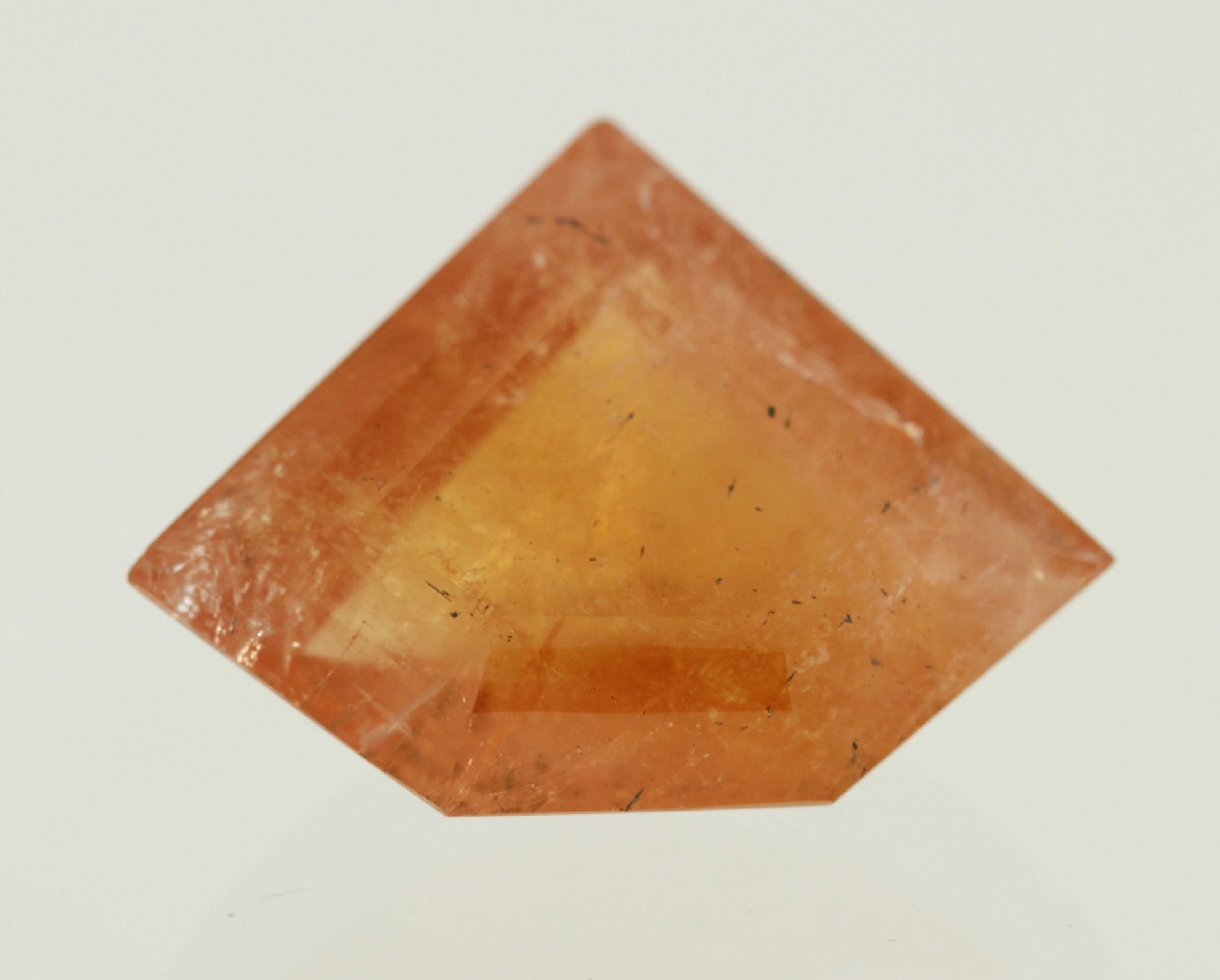Eosphorite Value, Price, and Jewelry Information
Faceted eosphorites in pale colors are quite attractive and easy to cut. However, these very rare gems are too soft for most jewelry use.
1 Minute Read
Faceted eosphorites in pale colors are quite attractive and easy to cut. However, these very rare gems are too soft for most jewelry use.
Start an IGS Membership today
for full access to our price guide (updated monthly).Eosphorite Value
Comments
The minerals eosphorite and childrenite form a series, with eosphorites as the manganese (Mn)-dominant member and childrenites as the iron (Fe)-dominant. Varying combinations of Fe and Mn amounts in crystals give eosphorites a wide range of colors, and those with high levels of Mn may show an orange color. However, most eosphorites are usually brown and turn brown to black when oxidized.
The pink colors that inspired eosphorite's name look especially beautiful when cut as round brilliants.
Originally, scientists grouped eosphorites in the monoclinic crystal system because their apparent pseudo-orthorhombic symmetry was ascribed to twinning. However, subsequent studies determined eosphorites definitively belong to the orthorhombic crystal system.
Identifying Characteristics
Although both are very rare, cut eosphorites are more commonly encountered than childrenites. Childrenites tend to have more yellow color, but can also show brownish colors like eosphorites. These fellow series members differ somewhat in specific gravity, birefringence, and optical properties.
Apatite colors and hardness may match those of eosphorite. However, these stones appear more frequently as faceted collector's pieces and differ optically considerably from much scarcer eosphorites.
Synthetics
No known synthetics or gem treatments.
Sources
To date, only Brazilian localities have yielded cuttable crystals. Itinga, Minas Gerais produces excellent, flat, pink crystals up to 4 x 1 cm.
Other notable crystal sources include the following:
- United States: Branchville, Connecticut (type locality); Maine; North Groton, New Hampshire; Keystone, South Dakota.
- Canada; Hagendorf, Germany; Pakistan.
Stone Sizes
Always small in size, cut eosphorites typically weigh less than 3-4 carats. Cuttable crystals are usually badly flawed and contain many inclusions.
Care
You're more likely to find faceted eosphorites, if at all, in gem collections than jewelry collections. Since these gems are soluble in acid, don't expose them to any cleaning solutions that contain acids or wear them against your skin.
With a hardness of 5, these gems have greater susceptibility to scratching than many more commonly encountered jewelry stones, so use protective settings in jewelry. Store eosphorites separately from other gems to avoid contact scratches as well. Clean these gems with a soft brush, mild detergent, and warm water, but don't soak them in water. See our Gemstone Jewelry Cleaning Guide for more recommendations.
Joel E. Arem, Ph.D., FGA
Dr. Joel E. Arem has more than 60 years of experience in the world of gems and minerals. After obtaining his Ph.D. in Mineralogy from Harvard University, he has published numerous books that are still among the most widely used references and guidebooks on crystals, gems and minerals in the world.
Co-founder and President of numerous organizations, Dr. Arem has enjoyed a lifelong career in mineralogy and gemology. He has been a Smithsonian scientist and Curator, a consultant to many well-known companies and institutions, and a prolific author and speaker. Although his main activities have been as a gem cutter and dealer, his focus has always been education. joelarem.com
International Gem Society
Related Articles
Black Diamond Value, Price, and Jewelry Information
Chameleon Diamond Value, Price, and Jewelry Information
Gray Diamond Value, Price, and Jewelry Information
Green Diamond Value, Price, and Jewelry Information
Latest Articles
Identifying Synthetic Gems
Ten Big, Beautiful, and Affordable Engagement Ring Stones
Rhodochrosite Value, Price, and Jewelry Information
Ruby and Sapphire Survey: Where Do You Draw the Line?
Never Stop Learning
When you join the IGS community, you get trusted diamond & gemstone information when you need it.
Get Gemology Insights
Get started with the International Gem Society’s free guide to gemstone identification. Join our weekly newsletter & get a free copy of the Gem ID Checklist!
